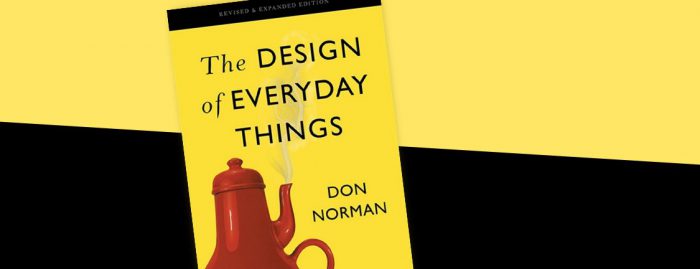
Chapter 1 of “The Design of Everyday Things” was informative as it pointed out many things that do not stand out to me in everyday life. Don Norman gave a term to classify certain conditions or situations that we experienced daily. He put together numerous everyday examples to illustrate his points to readers and it was easy to relate and understand too.
It was highlighted that the characteristics of good design is discoverability and understanding. I do agree with this as for a product to be useful for intended user, they should know how to fully utilize the product.
He introduced affordance, signifier, constraint, mapping, feedback and conceptual models in this chapter and it really gives a clearer image of the more abstract term of “user experience”.
I did some app interfaces before and I really struggled with informing users of all the available functions without cluttering the whole screen. Also, the selection of icons to be used and certain work flow had to be mindful too, especially when common users are now more accustomed to either Android or Apple. After reading this chapter, I can explain some of my design decisions clearly to people.
This is an applicable chapter, especially when we start to take note of the products or situations in our daily life. For instance, when we tap in at the MRT gantry. It is not uncommon for commuters to mistake the screen that displays the status of that gantry as the tap card zone. I would say that user’s attention often lands on the screen before the tap card zone as it’s brightly lit and the icon is more familiar. The signifier will be the image on the tap card. However, the shape of the screen is identical to the Ezlink card so users can mistake that as the tapping zone, according to natural mapping that was mentioned in the chapter.
I am still slightly confused about constraint as he only gave the scissors example. At some point, I did confuse constraint with affordance. Affordance is a relationship whereas constraint is somewhat like a parameter set by the designer I would say. This is what I understand right now, please do correct me if I’m wrong.